Proper ventilation is crucial for maintaining a comfortable and healthy home environment, especially in Australia. One effective solution is installing a whirlybird.
This article explores what whirlybirds are, their benefits, costs, and the installation process, along with a comparison to other ventilation options.
What Exactly Is a Whirlybird?
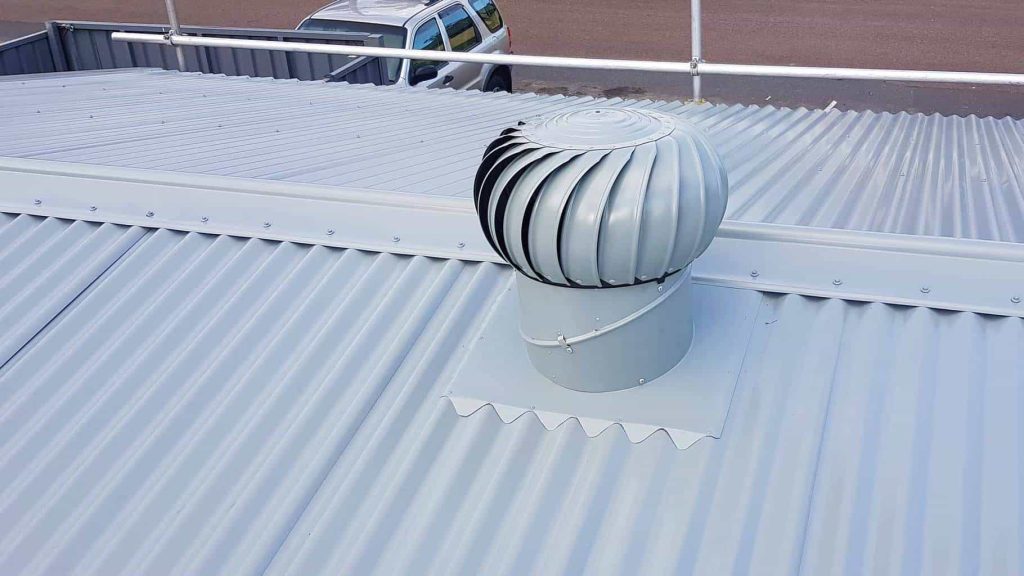
A whirlybird roof vent, also known as a turbine vent, is a type of roof vent that uses wind power to remove hot air from your home. It features a dome-shaped metal head that spins as the wind passes over it, creating a vacuum that extracts stale air from your attic or roof space.
The vent is typically made from aluminium or stainless steel and can be painted to match your roof colour, enhancing its aesthetic appeal.
Whirlybirds are classified into two types based on their operation:
- Passive Whirlybirds: These rely solely on wind power to function. As the wind blows, it causes the turbine to spin, creating a suction effect that pulls hot air out of the roof space.
- Active Whirlybirds: These are equipped with a motor that assists in the ventilation process. The motor can be controlled by a thermostat, allowing for more consistent air extraction regardless of wind conditions.
Benefits of Installing a Whirlybird
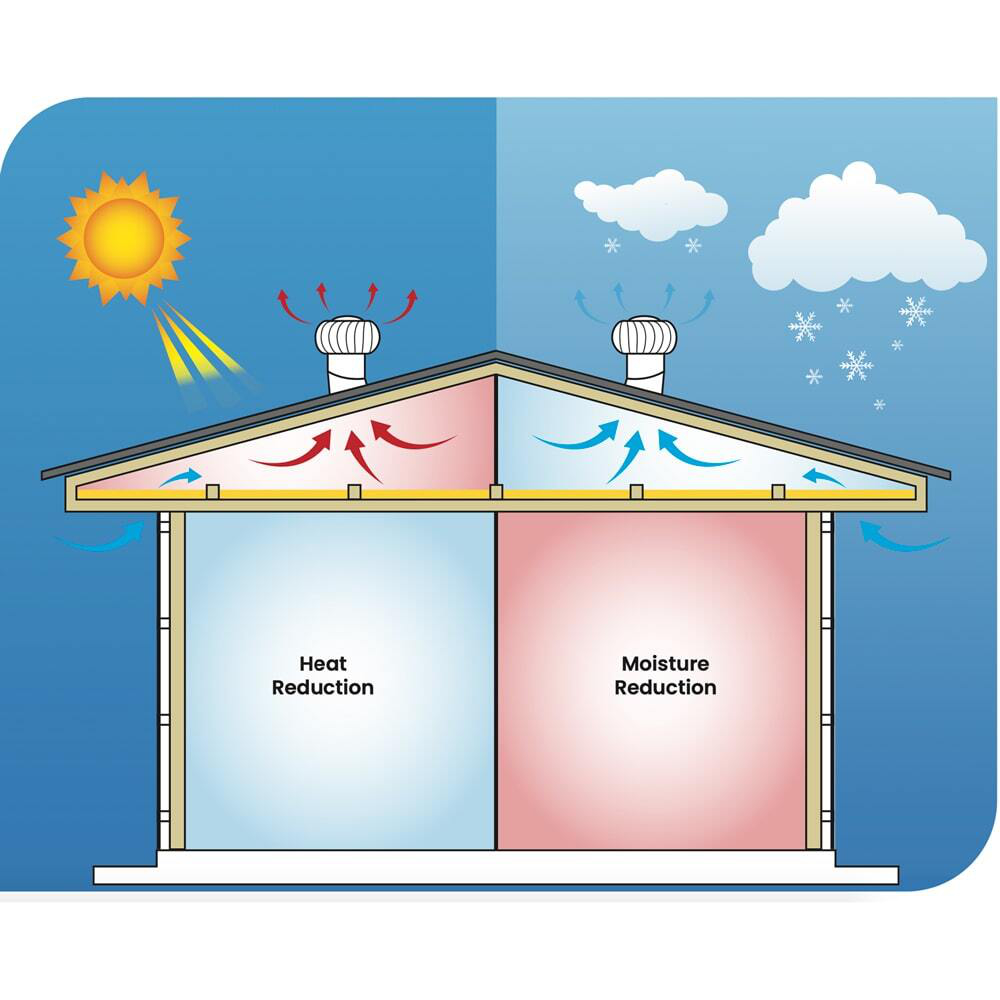
Energy Savings
One of the primary benefits of installing a whirlybird is the potential for energy savings. By reducing the temperature in your attic or roof space, whirlybirds help lower the overall temperature in your home. This means your air conditioning system doesn’t have to work as hard to maintain a comfortable indoor temperature, leading to reduced energy consumption and lower electricity bills.
During the hot Australian summer, this can be particularly beneficial. The temperature in cooler air in your roof space can become extremely high, significantly impacting the cooling load on your air conditioning system. Whirlybirds help mitigate this effect by continuously removing hot air.
Improved Indoor Air Quality
Whirlybirds improve indoor air quality by removing stale air and moisture from your home. Poor ventilation can lead to the buildup of pollutants, allergens, and moisture in warm air, which can contribute to various health issues, including respiratory problems. By facilitating better airflow, whirlybirds help maintain a healthier indoor environment.
Preventing moisture buildup is another critical advantage. Moisture in your roof space can lead to the growth of mold and mildew, which not only pose health risks but can also cause structural damage to your roof. Proper ventilation provided by whirlybirds helps prevent these issues, preserving the integrity of your roof.
Low Maintenance
Whirlybirds are generally low-maintenance compared to other types of roof vents. Since passive whirlybirds have no electrical components, there is little that can go wrong. They do not require any wiring or electricity to function, making them a cost-effective and hassle-free option.
Active whirlybirds, while slightly more complex due to their motors, are still relatively easy to maintain. The motors are designed for durability and typically require minimal upkeep. Regular inspections to ensure the turbine is spinning freely and no debris is obstructing it are usually sufficient.
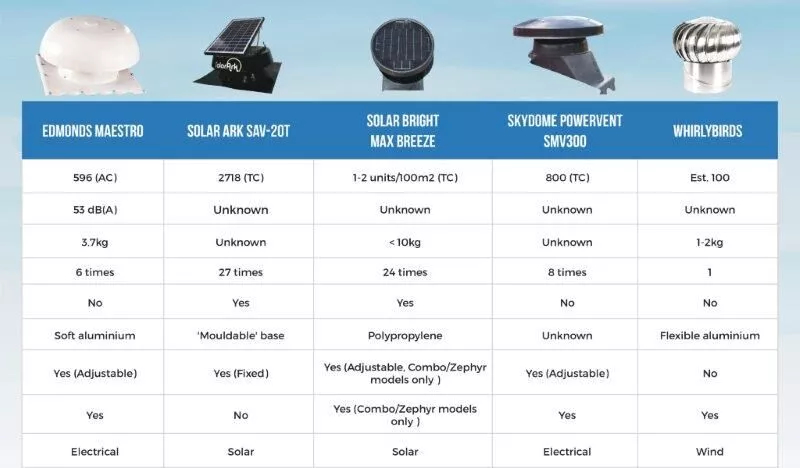
Comparing Whirlybirds to Other Roof Vents
While whirlybirds are a popular home ventilation option, other options exist. Many Australians will need to install various other roof ventilators and types to achieve a suitable level of air circulation throughout the roof space. Here are some common alternatives:
Ridge Vents
Ridge vents are installed along the peak of the roof. They allow hot air to escape from the attic while cool, fresh air enters through soffit vents. Ridge vents are effective for continuous and even ventilation, as they run along the entire length of the roof.
One advantage of ridge vents is that they are less visible than whirlybirds, providing a more discreet ventilation solution. However, they can be more challenging to install and may require additional modifications to the roof structure.
Soffit Vents
Soffit vents are installed under the eaves of the roof. They work in conjunction with ridge vents to allow cool air to enter the roof cavity and attic space. This creates a natural airflow that helps expel hot air through the ridge vents.
Soffit vents are essential for creating a balanced roof ventilation system. They are typically low-maintenance and blend seamlessly with the roof’s architecture. However, they need to be paired with other vents, like ridge vents, to be effective.
Powered Vents
Powered vents use electricity to drive a fan that forces hot and humid air into air out of the attic. They can be controlled by a thermostat, ensuring consistent ventilation even when there is no wind.
Powered vents are highly effective at ventilating large spaces and can be used in conjunction with passive vents for optimal performance. However, they come with higher installation and operational costs due to their reliance on electricity.
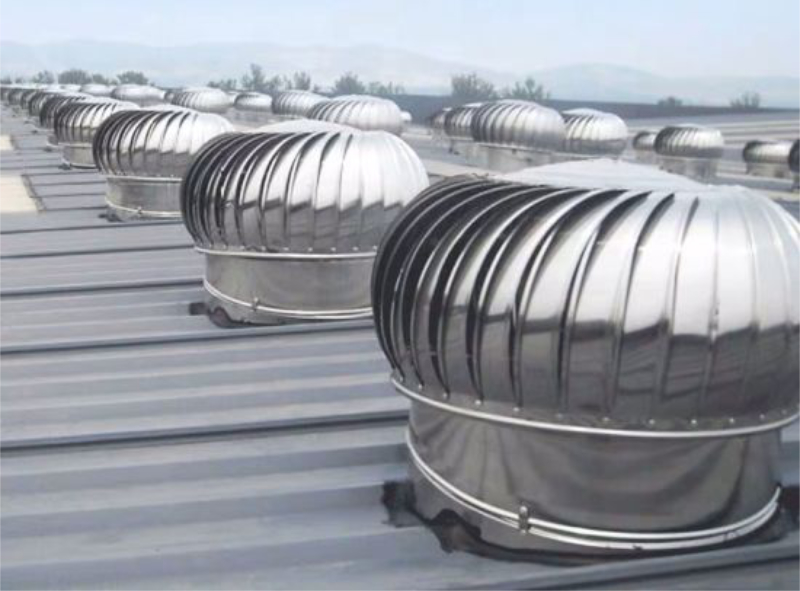
How Many Whirlybirds Do You Need?
Determining the number of whirlybirds needed for your home depends on several factors, including the size of your roof, existing roof ventilation system, and local climate conditions. Here are some general guidelines:
Small to Medium-Sized Homes
Typically, one or two whirlybirds are sufficient for homes of this size. A professional roofer can provide a more accurate assessment based on your specific situation.
Larger Homes or Industrial Buildings
Larger structures may require more whirlybirds to achieve adequate ventilation. Industrial buildings often have multiple whirlybirds installed to ensure proper air circulation throughout the space.
A professional roofer can assess your home and recommend the appropriate number of whirlybirds. They will consider factors such as:
Existing Ventilation
If your home already has other ventilation systems in place, fewer whirlybirds may be needed.
Roof Slope
The pitch of your roof can affect how effectively the whirlybirds operate. Steeper roofs may benefit from additional solar vents too.
Wind Direction
The prevailing wind direction in your area will influence the optimal placement of whirlybirds to maximize their efficiency.
How Much Is A Whirlybird Installation

The cost of installing a whirlybird tiled roof varies based on several factors, including the type of whirlybird, roof size, and complexity of the installation process. Here is a breakdown of potential costs:
- Passive Whirlybird: $100 – $200
- Active Whirlybird: $300 – $500
- FRS PRICE (ALL) : $370
These prices are for the whirlybird units themselves and do not include installation costs. Installation costs can vary but typically range from $200 to $500, depending on factors such as:
Roof Accessibility: If your roof is difficult to access, the installation may take longer and cost more.
Roof Material: Certain roofing materials, like metal, may require specialized tools and techniques, increasing the installation cost.
Additional Components: If your roof requires additional components, such as flashing or curbs for flat roofs, these will add to the overall cost.
While the initial the cost to install and of installing whirlybirds can be significant, it is essential to consider the long-term savings in energy bills and reduced maintenance costs.
Whirlybirds have a long lifespan and require minimal upkeep, making them a cost-effective investment for home ventilation.
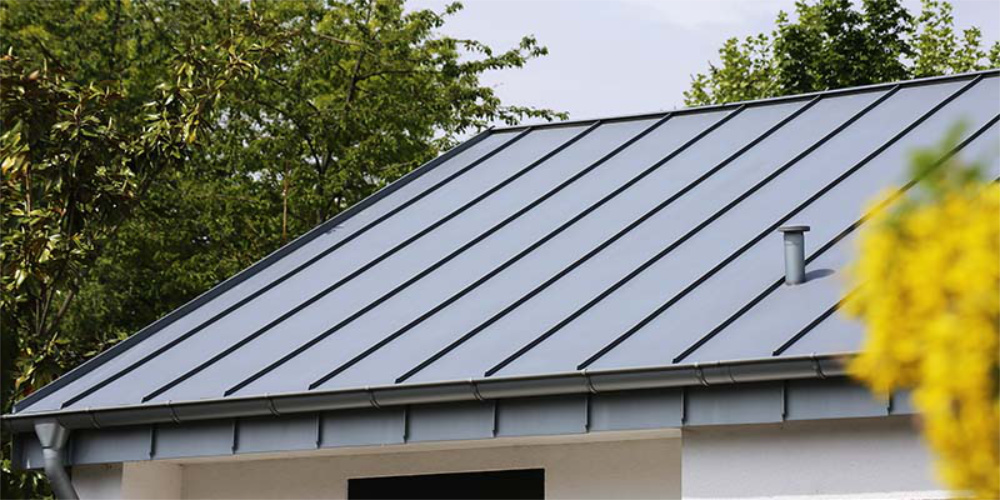
Compatibility with Roofing Materials
Whirlybirds can be installed on various roofing materials, including:
Metal Roofs
Installing a whirlybird on a metal roof may require specialized flashing to prevent water ingress. Metal roofs often have a smooth surface, making it easier to create a watertight seal around the vent.
Tile Roofs
Tile roofs can accommodate whirlybirds, but the installation process may be more complex. Tiles may need to be cut or adjusted to fit the vent base properly.
Asphalt Shingles
Whirlybirds can be installed on asphalt shingle roofs without significant modifications. The vent base is typically secured to the roof deck with screws and nails.
Whirlybirds are also compatible with different roof styles, including:
Mansard Roofs
These roofs have steep slopes, requiring careful placement of the whirlybird to ensure effective and efficient ventilation throughout.
Gable Roofs
Gable roofs provide ample space for installing whirlybirds near the peak, allowing for efficient hot air extraction.
Flat Roofs
Installing a whirlybird on a flat roof may require additional components, such as a curb, to prevent water from accumulating around the vent.
The Installation Process
While it is possible to install a whirlybird yourself, it is recommended to consult a professional roofer to ensure proper installation. The process to install roof vents typically takes a few hours and involves the following steps:
- Determine the Best Spot: The first step is to identify the optimal location for the whirlybird on your roof. This is usually on the side of the roof facing the prevailing wind to maximize airflow through the vent.
- Prepare the Roof Spot: The roofing materials in the selected spot are removed to create a clean surface for installing the vent base.
- Install the Base: The base of the whirlybird, usually made of steel, is placed on the prepared spot and secured with screws and nails. It is essential to ensure the base is properly aligned and securely fastened to prevent any movement.
- Attach the Vent: The domed whirlybird is then attached to the base. This involves securing the vent with screws and ensuring it is tightly fitted to prevent any gaps.
- Seal the Vent: Proper sealing is crucial to prevent water from seeping into the home. Roofing sealant is applied around the base and the vent to create a watertight seal.
- Test the Vent: Finally, the vent is tested to ensure it spins freely and effectively extracts air. This can be done by observing the vent on a windy day or using a fan to simulate wind conditions.
Final Thoughts
Enhance your home’s comfort and efficiency with professional whirlybird installation from Fremantle Roofing Services! Our expert team is dedicated to providing top-quality roofing solutions that improve ventilation, reduce energy costs, and protect your roof from damage.
Whether you need a single roof whirlybird installation for your home or a comprehensive ventilation system, we have the skills and experience to deliver exceptional results.

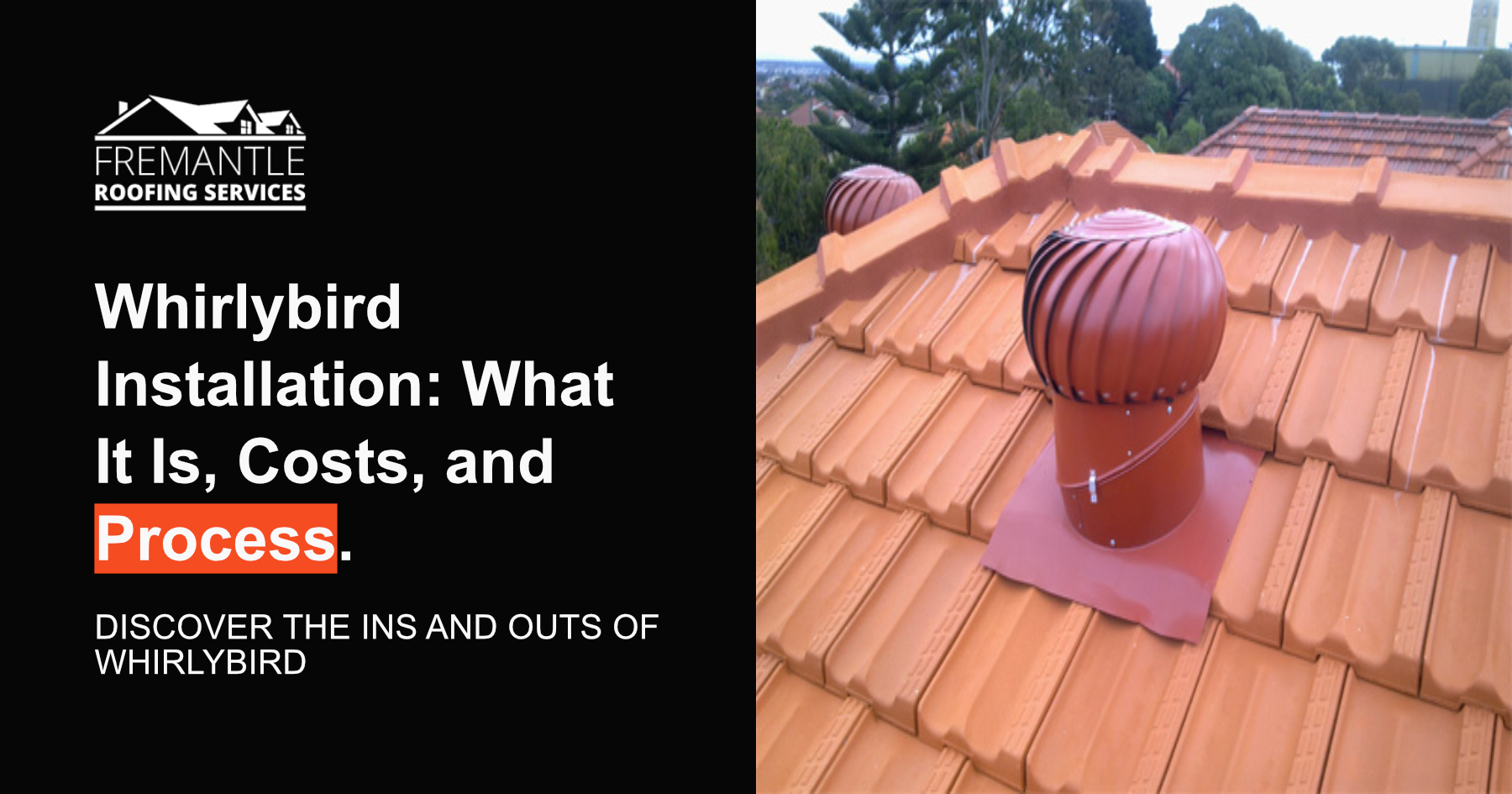
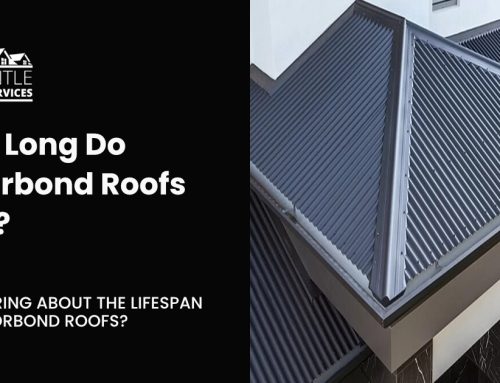

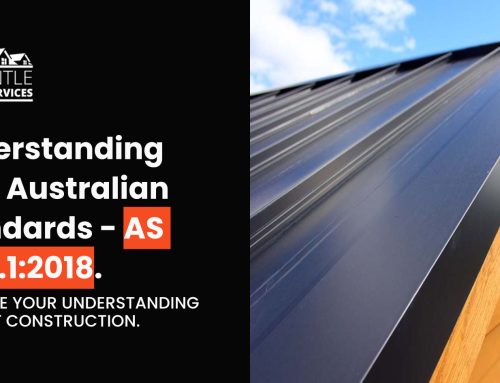
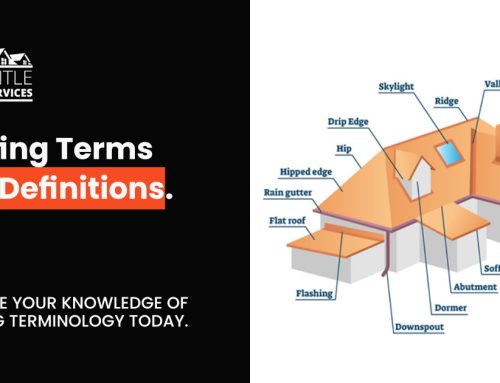
Leave A Comment